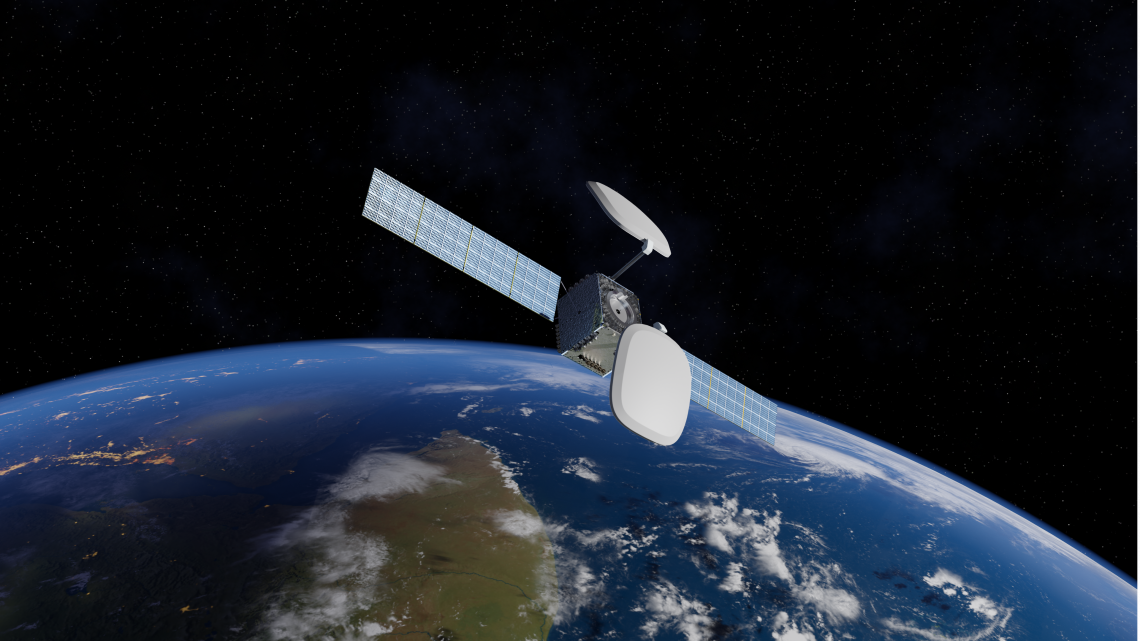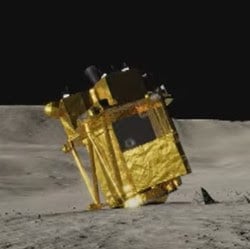Re-posted from ANS-119:
AO-109’s orbit decayed on or about April 21, 2024 after just over three years in space.
Launched on January 17, 2021, as part of the ELaNa 20 mission using a LauncherOne rocket operated by Virgin Orbit, AO-109, known prior to launch as RadFxSat-2 / Fox-1E, was carried aloft by a modified Boeing 747 named “Cosmic Girl” from the Mojave Air and Space Port in California, United States. After reaching an altitude of approximately 35,000 feet (11,000 meters), the rocket was released into space. This launch, conducted under NASA’s CubeSat Launch Initiative program, marked the beginning of the satellite’s mission to facilitate amateur radio communications and technology research. A video of the launch can be seen on YouTube.
AO-109 represented the fifth iteration of the “Fox” 1U amateur radio satellites series developed by AMSAT, featuring a 30KHz linear transponder radio.
After launch, AMSAT’s Engineering and Operations teams listened for the expected beacon signal, but nothing was initially heard. On January 27, 2021, Brad Schumacher, W5SAT, was able to hear his weak CW signals relayed through the satellite’s transponder. This was confirmed by AMSAT Engineering and Operations the next day and the satellite was designated AMSAT-OSCAR 109. Continued monitoring confirmed that the satellite was operating properly, but with an extremely low signal output. It is likely that the satellite’s final power amplifier transistor failed, limiting power output to just 8 mW.
Although the signal was extremely weak, the satellite was able to support QSOs by CW, FT4/8, and even SSB. Five amateur stations successfully copied the weak telemetry signal from the satellite and provided valuable data about the health of the satellite: the PI9CAM radio telescope in Dwingeloo, Netherlands, provided the bulk of the data from the satellite. WA7FWF, W7KKE, K8DP, and the AMSAT Operations team also copied telemetry.
Upon being declared operational and open for amateur use, despite the limitation of its low power output, on July 20, 2021, AO-109 embarked on a mission to serve both amateur radio and technology research objectives.
The final telemetry data was received on April 5, 2024 from PI9CAM and revealed that the satellite had achieved a remarkable milestone: AO-109 had set a new Fox-1 program record for processor uptime. This information was gathered by Alan Biddle, WA4SCA, who has meticulously monitored telemetry reports on a daily basis and calculated the duration of each reset, allowing for precise correlation of telemetry frames with UTC time.
The Fox satellites are designed to undergo onboard computer resets triggered by factors like radiation exposure and low battery voltage. Time on these satellites is measured by counting resets plus the duration since the last reset. It is common for the Fox satellites to reset every few days or weeks, especially when passing over the South Atlantic Anomaly. However, the processor on AO-109 ran continuously from September 2023 until at least April 5, 2024, accumulating over 18 million seconds of uptime—far surpassing any other Fox satellite.
Among its key payloads was the RadFx-2 experiment, a collaboration with Vanderbilt University, aimed at studying the effects of space radiation on specific SRAM types. Consistent with the Fox-1A design blueprint, AO-109 was equipped with a 2-meter whip antenna and a 70 cm whip antenna.
The linear transponder module developed for AO-109 also evolved into a program to equip other CubeSats with linear transponders. Evolutions of this transponder previously flew aboard HO-107 (HuskySat-1) and the next one is scheduled to fly aboard MESAT-1 later this year. AMSAT’s GOLF program will also carry this linear transponder module for VHF/UHF communications.
[ANS thanks AMSAT Operations and Engineering for the above information]





